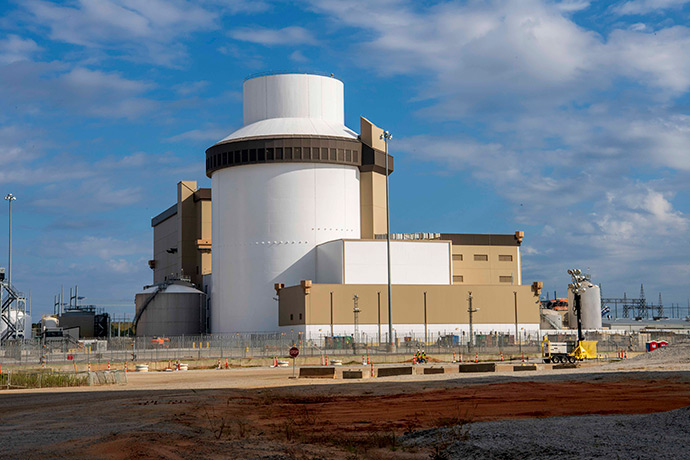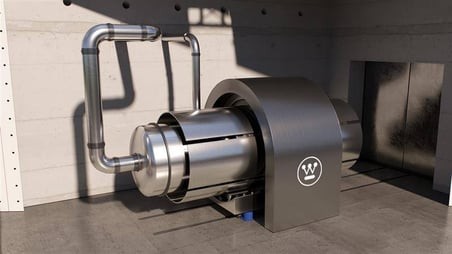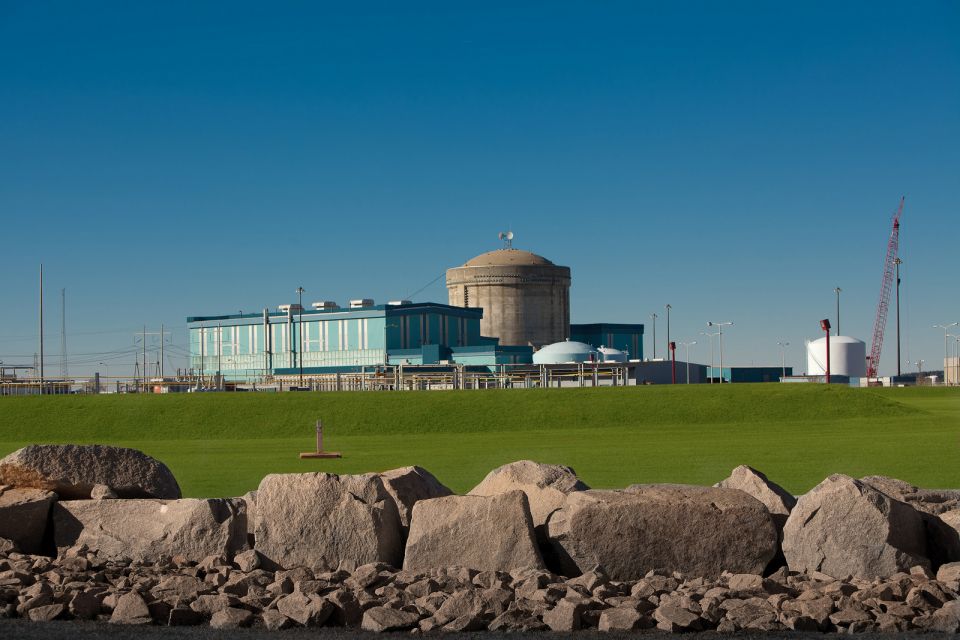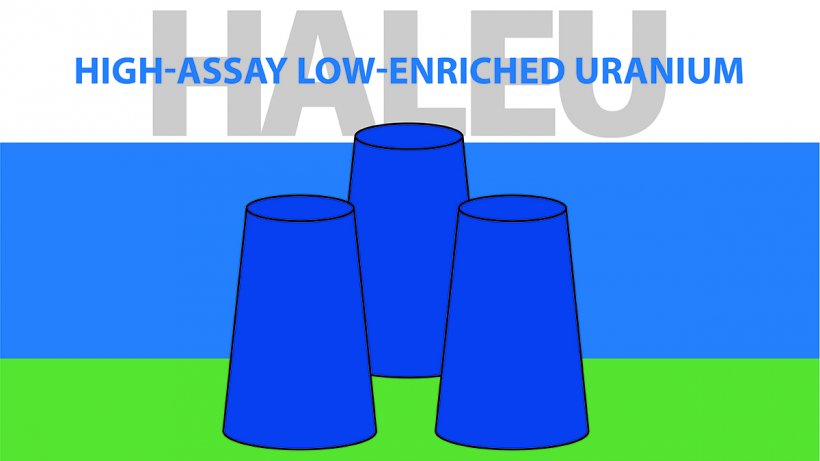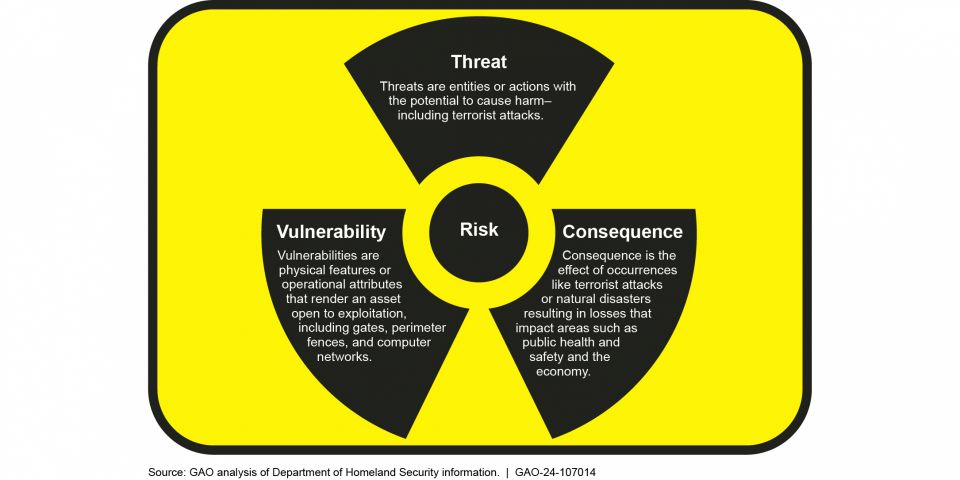Operators responded according to their training, Hawkins added. Vogtle-1, -2, and -4 continued to operate, and Southern Company did not anticipate any issues in meeting power demand despite high temperatures in the state during Unit 3’s shutdown.
Quotable: “The plant, including all safety systems, responded as designed. Southern Nuclear notified the [Nuclear Regulatory Commission] through a normal four-hour, nonemergency notification. At no time was the safety of the employees or community at risk,” Hawkins said. “We maintain a diverse generation mix to help ensure reliable service for customers during very high, and very low, temperatures.”
A closer look: Georgia Power, the largest subsidiary of Southern Company, led construction of the Vogtle’s new Unit 3 and Unit 4. Vogtle-3 entered commercial service on July 31, 2023, and Vogtle-4 followed on April 29 of this year.
The units—the first new commercial nuclear plants built in the United States in three decades—have been celebrated in recent months as the fourth unit finally came on line. Construction of the new reactors began in 2012 and experienced numerous setbacks and a soaring price tag (rising from an estimated $14 billion to roughly $35 billion), but now Vogtle is the largest nuclear generating facility in the country.
The plant, located near Waynesboro, Ga., is expected to produce more than 30 million megawatt-hours of electricity per year. Unit 3 operates a Westinghouse Generation III+ AP1000 reactor with a net capacity of 1,100 MWe, capable of powering about 500,000 homes and businesses.
The brunt of the rate increases to pay for the reactors recently hit Georgia Power ratepayers’ bills, leading to a sharp increase for many. For the average residential ratepayer using 1,000 kilowatt-hours of electricity a month, Vogtle’s costs will have raised their monthly bill by about $14.38, with larger increases likely for those using more electricity, the Atlanta Journal-Constitution reported.
